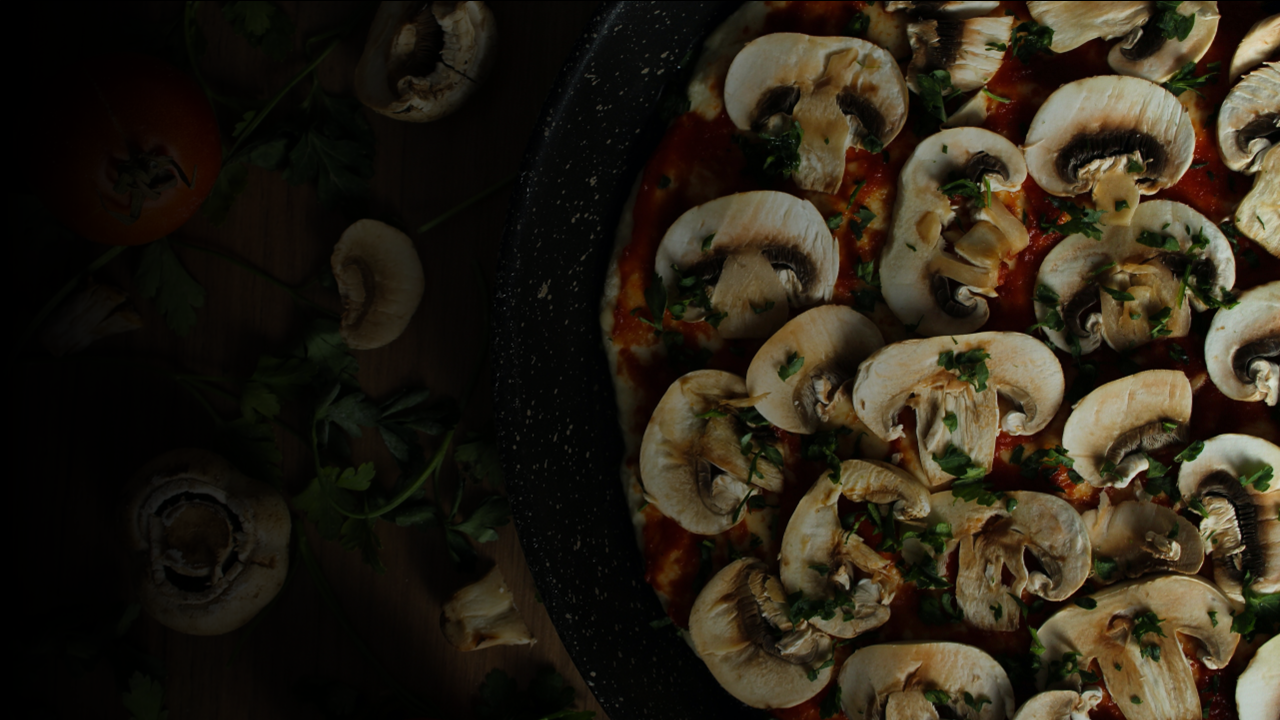
Earlier this year, it was announced that Pizza Express had hired financial advisers to prepare for debt talks with its creditors in what appears to be another stark reminder of the tough trading environment faced by UK restaurant operators.
Now, more than ever, established operators are struggling to maintain appeal among UK consumers, a trend reflected by declining consideration scores.
The most recent accounts of the Chinese-owned pizza giant reveal total debt standing at £1.12bn at the end of 2018. To make that figure easier to digest it means that for every £13 American Hot classic pizza ordered at one of its 450+ sites, the company has to set aside £2.23 to cover its debt repayments, according to recent reports.
Sadly for the casual dining sector however, the narrative of restaurant chains hitting the headlines due to financial concerns is a familiar one. Earlier this year, celebrity chef Jamie Oliver’s restaurant group collapsed into administration causing 1,000 redundancies having racked up £83 million of debt. Prior to that a handful of well-known restaurants had filed for CVAs in a last gasp attempt to revive their fortunes.
Now, more than ever, established operators are struggling to maintain appeal among UK consumers, a trend reflected by declining consideration scores.
Take Pizza Express as a prime example. The proportion of people who would consider visiting the chain has steadily decreased over the last three years from 56% in 2017 to 50% in 2019 according to data from BrandVue Eating Out. Driving this trend are younger consumers aged 16-24 – consideration for the brand among this group has dropped 16% from 69% to 53% over the same period.

But a weakening desire to visit is not something unique to Pizza Express. Over the same period consideration for other family favourites such as Frankie & Benny’s and TGI Fridays is also down, by 8% to 46% and 6% to 43%, respectively. Other well-known restaurant chains are also experiencing a drop-off in visit consideration in a similar fashion.
What’s driving the trend? Here are a few factors potentially contributing to a weakening consumer appetite to visit high-street casual dining chains:
- Decline of the high street
Fewer shops open on the high street means less footfall and fewer potential customers for operators with a strong high street presence. The first half of 2019 saw a record number of UK chain stores close – in the first six months of the year 1,234 stores shut down, a drastic increase from the 222 recorded just two years previously.
- Desire for convenience
The rise of grab-and-go and food delivery concepts allows consumers to experience restaurant quality food but at a time and place that suits them. And there’s no doubting the rise in popularity of such concepts – annual purchase frequency of UberEats, for example, has increased by more than 50% over the last 2 years from 3.6 to 5.4 while on the quick service front, the likes of Leon are expanding their footprint at a rapid pace, capitalising on the growth of veganism and healthy eating.
- Diversification of cuisine interest
“UK restaurant diners snub pasta for hummus and jerk chicken”, read the headline of the national press in August this year following the revelation that Caribbean, vegetarian and Turkish restaurants experienced the greatest growth in restaurant openings over the past five years. With Indian, Italian and Chinese numbers declining over the same period – albeit from a much greater overall total – the findings reflect how the tastes of UK consumers are evolving beyond traditional cuisine types such as pizza to more adventurous offerings.
The factors outlined above highlight some of the challenges faced by casual dining chains in their bid to retain popular interest at a time when consumers are demanding more variety and greater convenience than ever before. And that’s before even mentioning the impact of rising rental rates, labour costs and the role that discounting plays in squeezing profit margins – the latter issue even more pertinent for Pizza Express than most other brands.
Despite the above and the wider uncertainty surrounding the health of the UK casual dining industry, one thing does remain abundantly clear – for operators to be able to navigate through these turbulent times being able to closely monitor public opinion and behaviour is absolutely crucial to ensure decision-making remains proactive rather than reactive.
Get in touch to find out more about Savanta BrandVue Eating Out
Read our Top 100 Most Loved Eating Out Brands Report 2019 to find out which dining brand is the UK’s most loved, as well as the primary drivers for building an emotional connection with diners.





